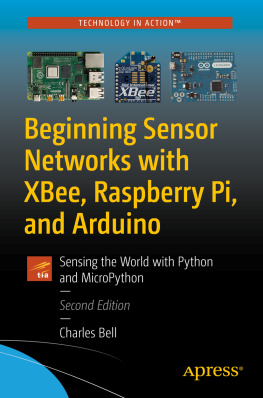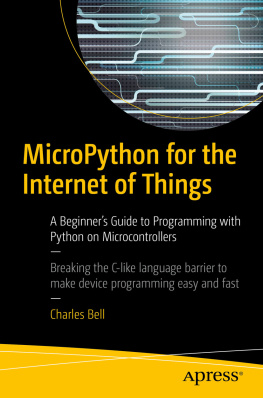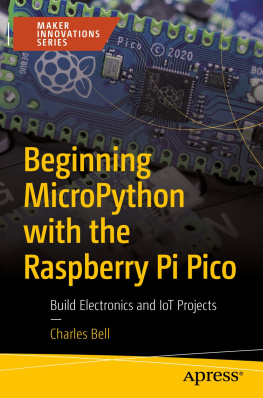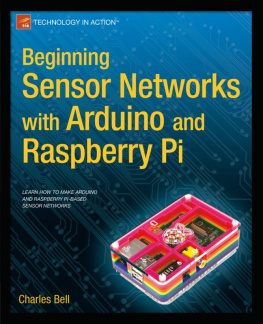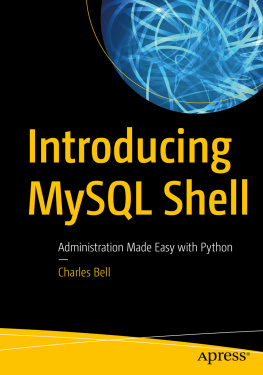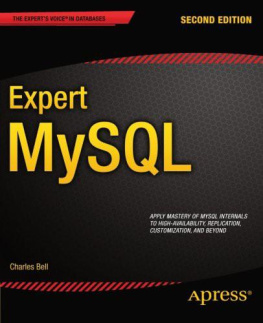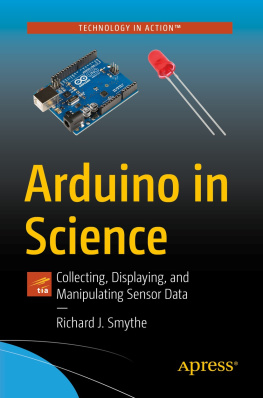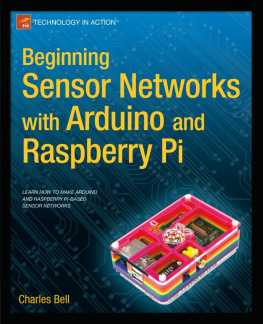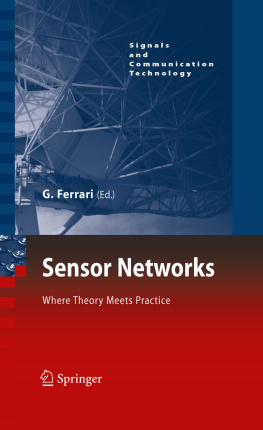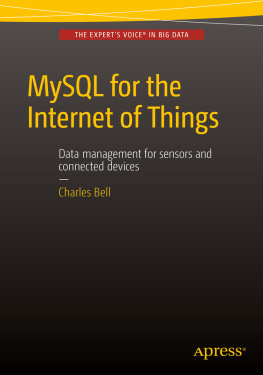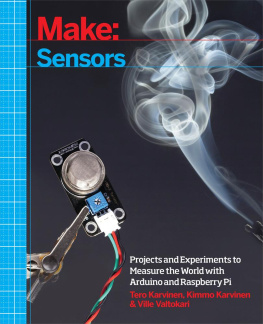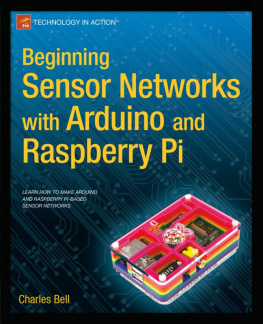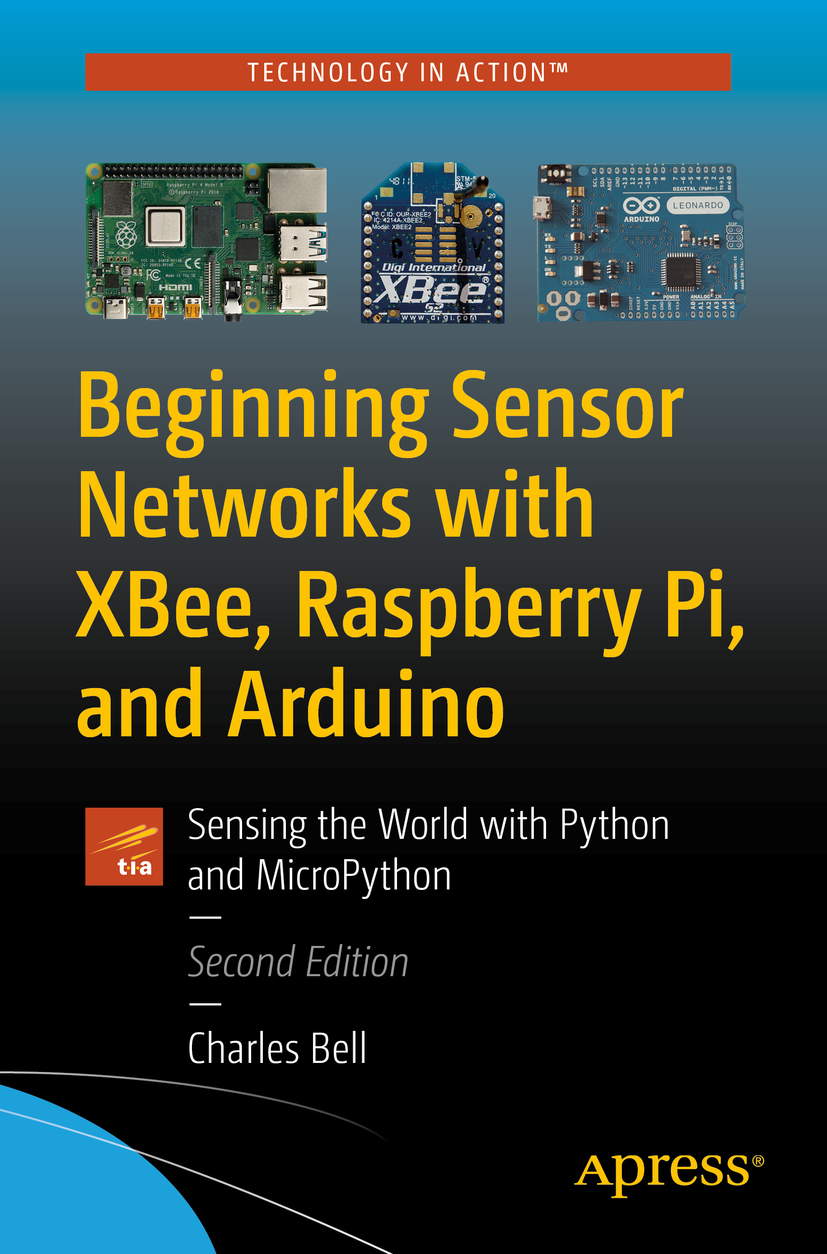Charles Bell
Warsaw, VA, USA
Any source code or other supplementary material referenced by the author in this book is available to readers on GitHub via the books product page, located at www.apress.com/978-1-4842-5795-1 . For more detailed information, please visit http://www.apress.com/source-code .
ISBN 978-1-4842-5795-1 e-ISBN 978-1-4842-5796-8
https://doi.org/10.1007/978-1-4842-5796-8
Charles Bell 2020
This work is subject to copyright. All rights are reserved by the Publisher, whether the whole or part of the material is concerned, specifically the rights of translation, reprinting, reuse of illustrations, recitation, broadcasting, reproduction on microfilms or in any other physical way, and transmission or information storage and retrieval, electronic adaptation, computer software, or by similar or dissimilar methodology now known or hereafter developed.
The use of general descriptive names, registered names, trademarks, service marks, etc. in this publication does not imply, even in the absence of a specific statement, that such names are exempt from the relevant protective laws and regulations and therefore free for general use.
The publisher, the authors and the editors are safe to assume that the advice and information in this book are believed to be true and accurate at the date of publication. Neither the publisher nor the authors or the editors give a warranty, express or implied, with respect to the material contained herein or for any errors or omissions that may have been made. The publisher remains neutral with regard to jurisdictional claims in published maps and institutional affiliations.
Distributed to the book trade worldwide by Springer Science+Business Media New York, 233 Spring Street, 6th Floor, New York, NY 10013. Phone 1-800-SPRINGER, fax (201) 348-4505, e-mail orders-ny@springer-sbm.com, or visit www.springeronline.com. Apress Media, LLC is a California LLC and the sole member (owner) is Springer Science + Business Media Finance Inc (SSBM Finance Inc). SSBM Finance Inc is a Delaware corporation.
Introduction
The world of microcontrollers and increasingly capable and popular small computing platforms is enabling many more people to learn, experience, and complete projects that would previously have required dedicated (and expensive) hardware. Rather than purchase a commercial or made-for-consumers kit, enterprising developers can now build their own solutions to meet their needs. Sensor networks are just one example of how these small, powerful, and inexpensive components have made it possible for anyone with a moderate skill set to build their own sensor network.
This book presents a beginners guide to sensor networks. I cover topics including what types of sensors exist, how they communicate their values (observations or events), how they can be used in Arduino and Raspberry Pi projects, and how to build your own home temperature sensor network.
I also include an introduction to the MySQL database server and how you can connect to, store, and retrieve data. Why, I even show you how to do it directly from an Arduino!
Better still, this edition has been updated to include updated tools and software, project examples, as well as the latest use and programming of the XBee 3 modules. Yes, were writing code to control them in MicroPython. Theres an entire chapter dedicated to MicroPython as well as extended coverage of the XBee platform.
Who This Book Is For
I have written this book with a wide variety of readers in mind. It is intended for anyone who wants to get started building their own sensor networks or those who want to learn how to use components, devices, and sensors with an Arduino or Raspberry Pi.
Whether you have already been working with sensor networks, or maybe have taken an introductory electronics course, or even have read a good Apress book on the Arduino or Raspberry Pi, you will get a lot out of this book. Best of all, if you ever wanted to know how to combine sensors, Arduinos, XBee, MySQL, and Raspberry Pi to form a cohesive solution, this book is just what you need!
Most importantly, I wrote this book to meet my own needs. Although there are some excellent books on Arduino, Raspberry Pi, sensors, and MySQL, I could not find a single reference that showed how to put all of these together. The second edition kicks it up yet another notch with more coverage of these topics with the latest versions of the tools and libraries available.
About the Projects
There are 11 chapters, 9 of which include projects that demonstrate and teach key concepts of building sensor networks. Depending on your skill level with the chapter topic, you may find some of the projects easier to complete than others. It is my hope that you find the projects challenging and enlightening (but, more importantly, informative) so that you can complete your own sensor network projects.
In this section, I present some guidance on how best to succeed and get the most out of the projects.
Strategies
I have tried to construct the projects so that the majority of readers can accomplish them with little difficulty. If you encounter topics that you are very familiar with, I recommend working through the projects anyway instead of simply reading or skipping through the instructions. This is because some of the later projects build on the earlier projects.
On the other hand, if you encounter topics that you are unfamiliar with, I recommend reading through the chapter or section completely at least once before attempting the project. Take some time to fully absorb the material, and pay particular attention to the numerous links, tips, and cautionary portions. Some of those are pure gold for beginners.
Perhaps the most significant advice I can offer when approaching the projects is to attempt them one at a time. By completing the projects one at a time, you gain knowledge that you can build on for future projects. It also helps you establish a pace to work through the book. Although some accomplished readers can probably complete all the projects in a weekend, I recommend working through the book at a pace best suited for your availability (and enjoyment).
With some exceptions, the earlier chapters are independent and can be tackled in any order. This is especially true for the Raspberry Pi (Chapter ) chapters. Regardless, it is a good idea to read the book and work on the projects in order.
Tips for Buying Hardware
The hardware list for this book contains a number of common components such as temperature sensors, breadboards, jumper wires, and resistors. Most of these items can be found in electronics stores that stock supplies for electronics enthusiasts. The list also includes a number of specialized components such as XBee modules, XBee adapters, XBee shields, Arduino boards, and Raspberry Pi boards.

